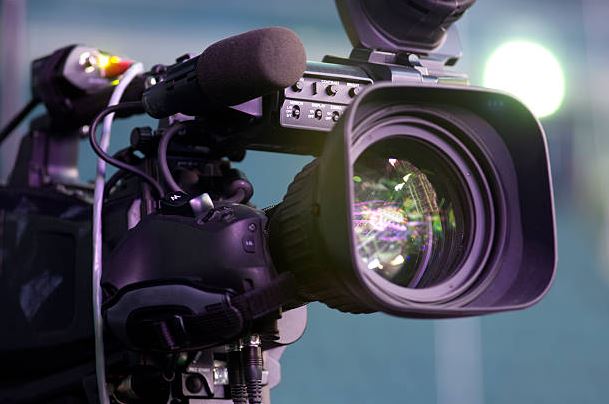
The origins of video cameras can be traced back to a fascinating journey marked by ingenuity and scientific exploration. So, when were video cameras invented? This article will explore the timeline and essential milestones surrounding the birth of video cameras.
When Were Video Cameras Invented?
The first-ever successful video camera was invented by John Logie Baird in 1925. This groundbreaking invention can be seen as the earliest form of modern video cameras.
However, the history of video cameras begins with the earliest attempts at capturing images, where concepts like the camera obscura in ancient times provided rudimentary principles for understanding light and projection.
When did video cameras come out? The first step toward motion technologies took place in the 1880s when Louis Le Prince invented the first motion picture sequences. After decades of evolution, the video camera industry has experienced unprecedented changes.
Here is a brief timeline of the history of video cameras.
1888: The French inventor Louis Le Prince created the first motion picture sequences. He recorded the earliest surviving celluloid film, "Roundhay Garden Scene," using the LPCCP Type-1 MkII single-lens camera and a paper film. This camera contributed significantly to the early development of film cameras and motion picture technology.
1891: Created by William Kennedy, Laurie Dickson, and Thomas Edison, the first motion-picture camera, "Kinetograph," came out this year.
1894: Kazimierz Proszynski, a Polish inventor active in the field of cinematography, brought the Pleograph to the world. This device combined a camera and a projector and significantly pushed the development of journalism.
1925: John Logie Baird, a Scottish engineer, invented the first ever-made video camera. This camera is capable of capturing motions and live images.
1930s: Vladimir Zworykin, a Russian-American inventor, created the iconoscope, a tube for transmitting images used in early television cameras.
1950s: The camera industry was not limited to capturing images during this period. Ampex Corporation, a U.S. company, invented the first videotape recorder. This device can record live pictures from television broadcasts. In the late 1950s, American inventor Philo Farnsworth invented the image dissector, another camera tube type.
1980s: The famous camera manufacturer Sony Corporation introduced the first consumer video camcorder, the Betamovie, combining a camera and videocassette recorder into a single handheld device. Also, in this period, people began to use the same camera technology to protect properties. This is where surveillance cameras came into play.
1990s: In the late 1990s, DVR devices were introduced into the security camera world, which activated the industry and drove the transition from analog cameras to digital ones.
Who Invented the First Video Camera?The credit for inventing the first working video camera is often attributed to John Logie Baird, a Scottish engineer and inventor. In 1925, he successfully demonstrated a mechanical television system that captured and transmitted basic moving images. After this, he continued to refine his television system, further improving transmission quality and image resolutio
Impact of Video Cameras on Industry
People are curious about the debate of “When was the video camera invented?" because the development of video cameras has profoundly influenced society and various industries.
Surveillance and Security
Video cameras have changed how we perceive, communicate, and engage with the world. Video cameras are integral to security and surveillance systems in public spaces, businesses, and homes. They enhance safety, deter crime, and aid in monitoring and investigating incidents. Their presence has significantly impacted law enforcement and crime prevention.
Journalism
Video cameras serve as a powerful tool for capturing and reporting news. They can bring events and stories to life with impactful visuals. With the help of transmission technology, video cameras also offer unparalleled immediacy. Documentaries and news reports leverage video cameras to provide immersive narratives and drive social and political discourse.
Media and Entertainment
Video cameras revolutionized entertainment and enabled the reaction of movies, television shows, and digital content. They also facilitate filmmaking and allow aspiring creators to produce and share their stories globally. The proliferation of streaming platforms and online content also owes its existence to the accessibility and versatility of video cameras.
Advertising and Marketing
Video cameras play an essential role in advertising and marketing strategies. They enable the creation of compelling commercials, promotional videos, and multimedia campaigns that resonate with audiences. The images they capture can influence consumer behavior and brand perception.

 Admin
Admin
Leave A Reply
Your email address will not be published. Required fields are marked *